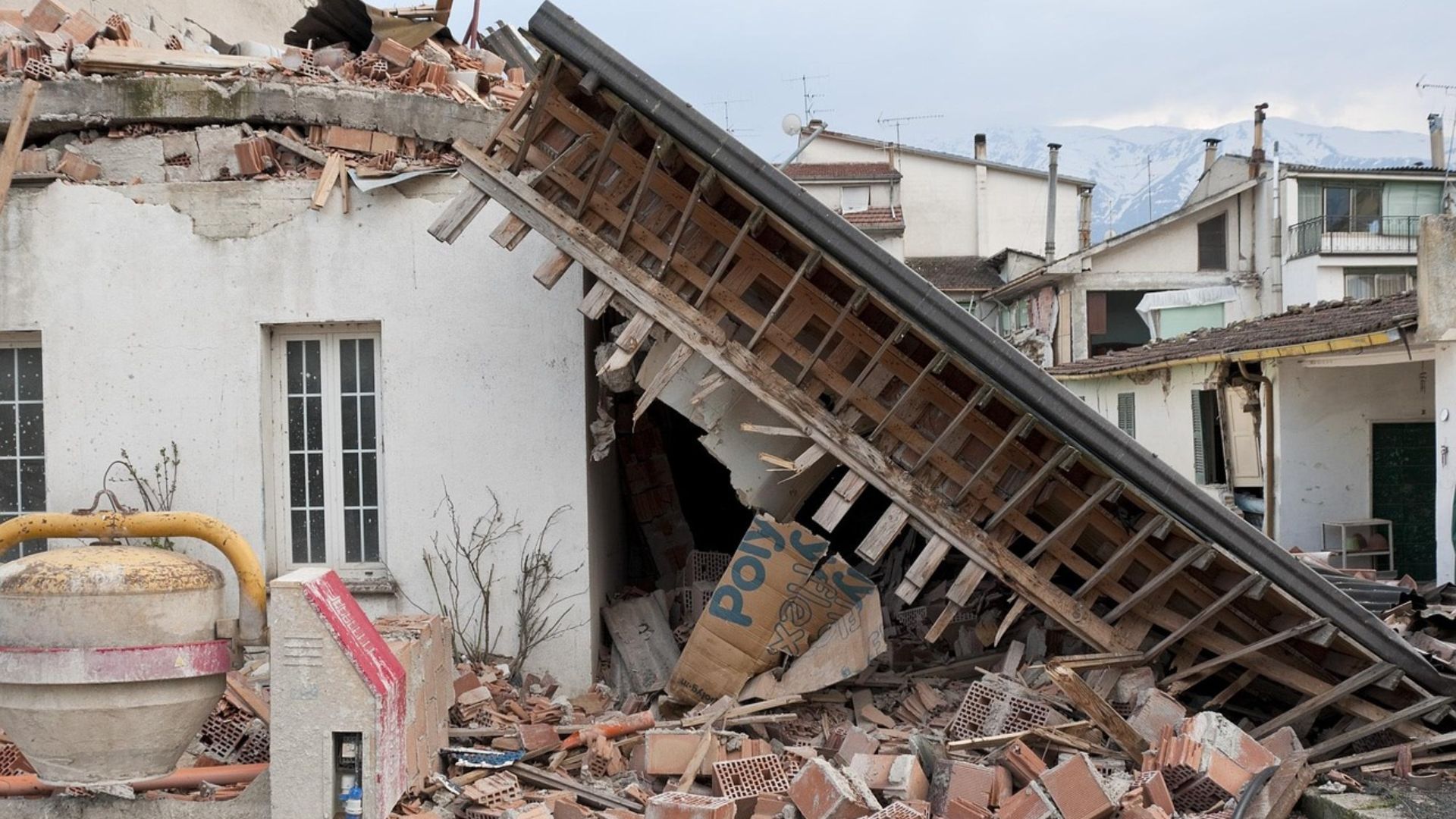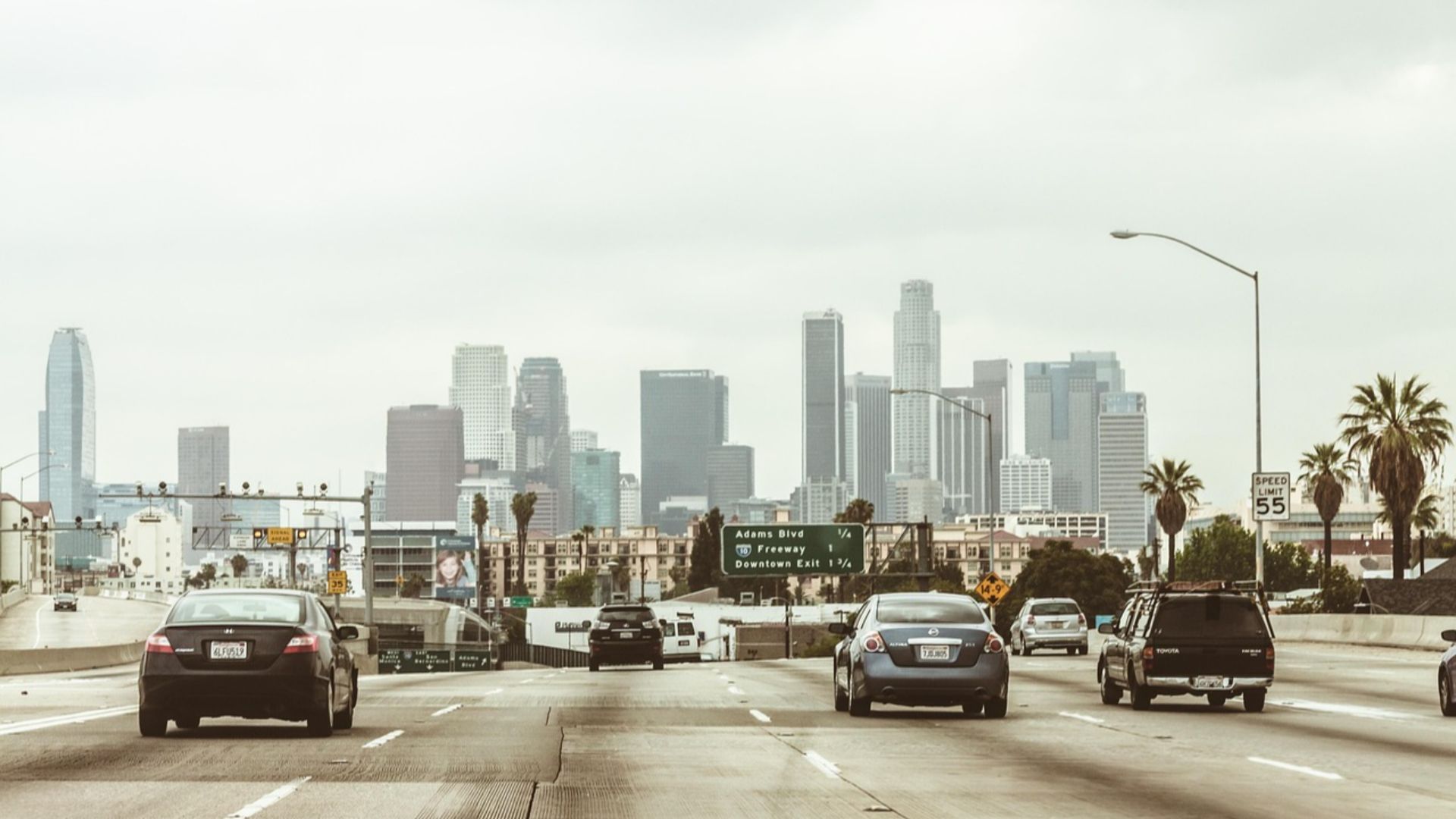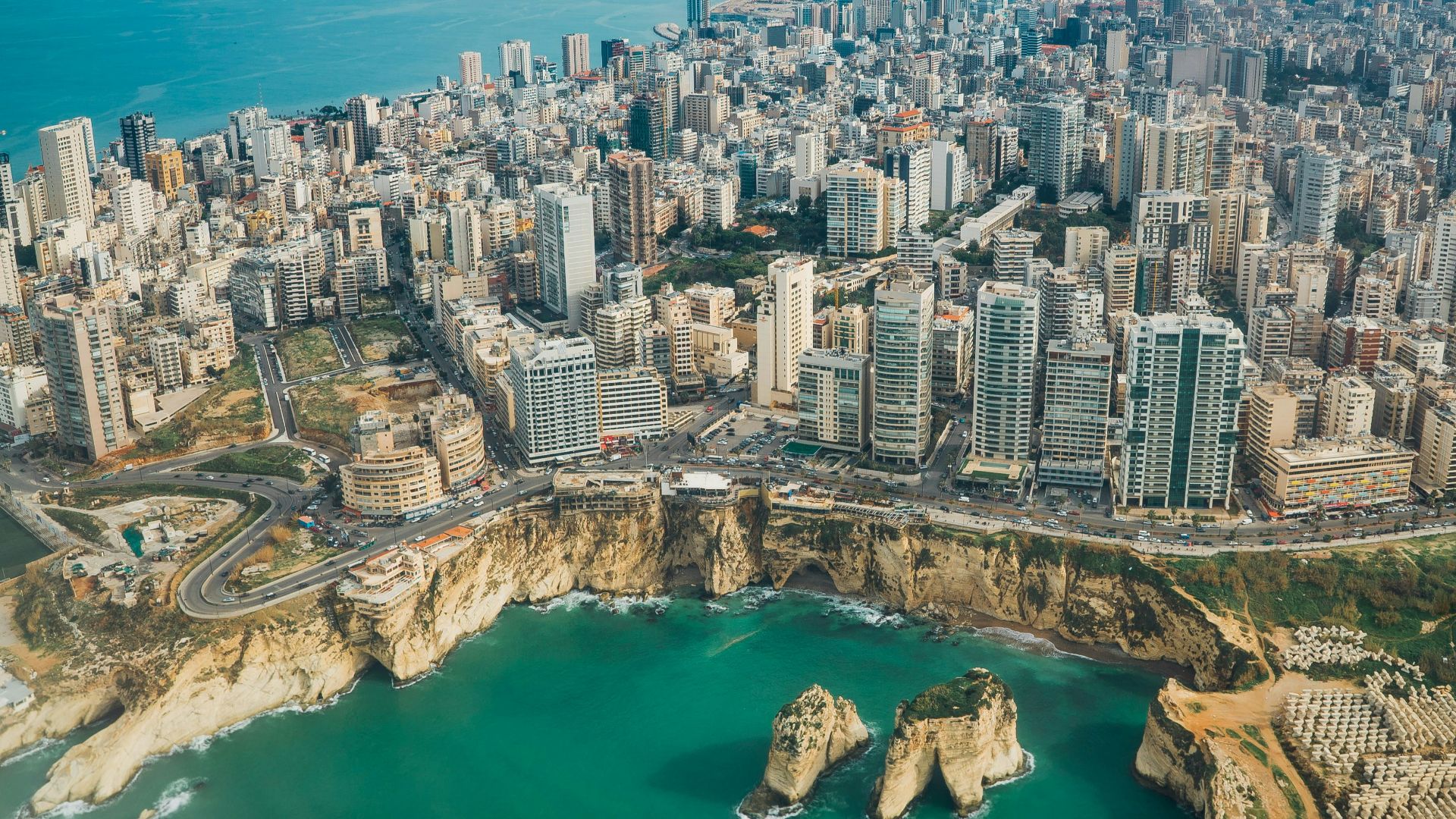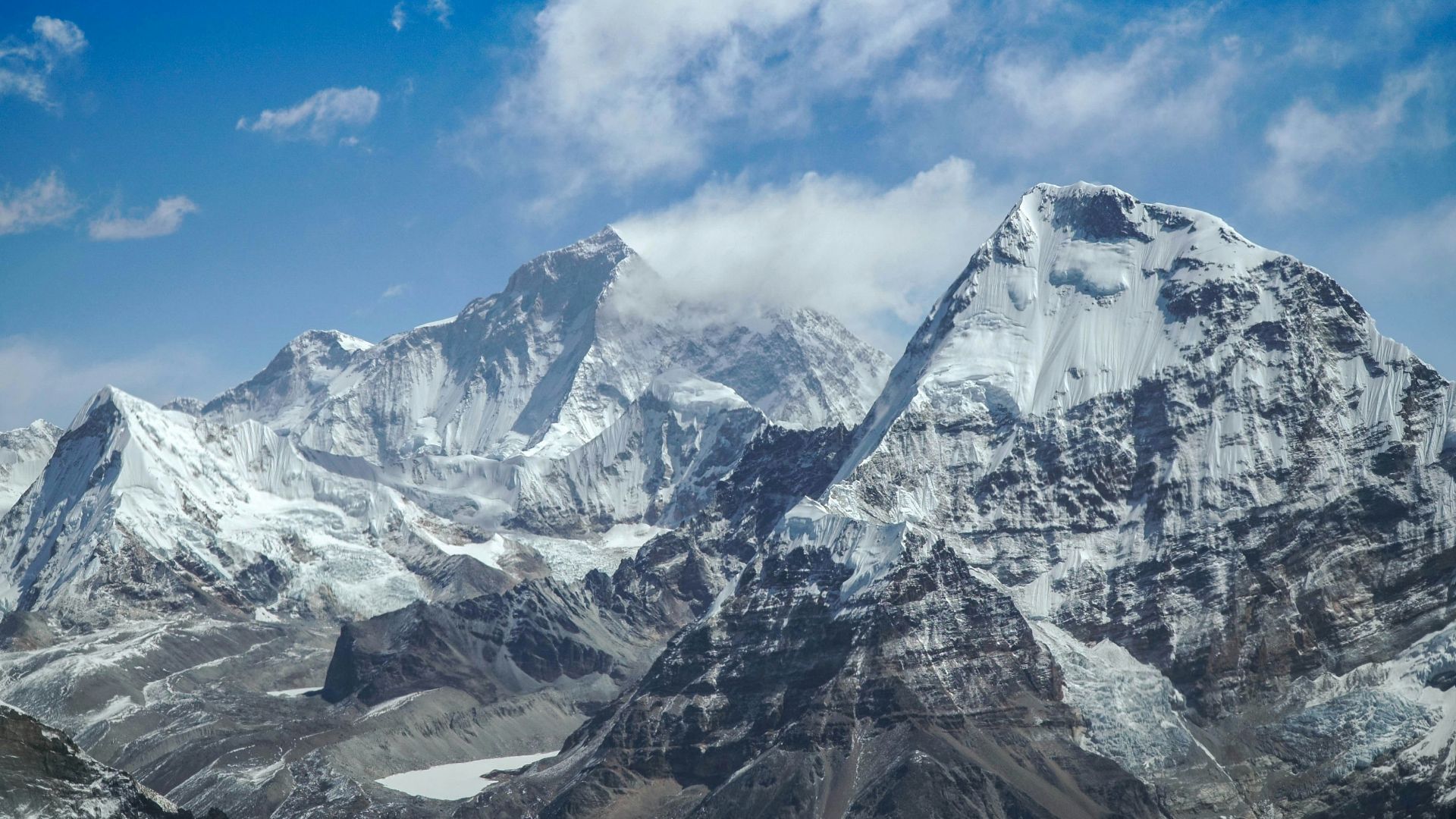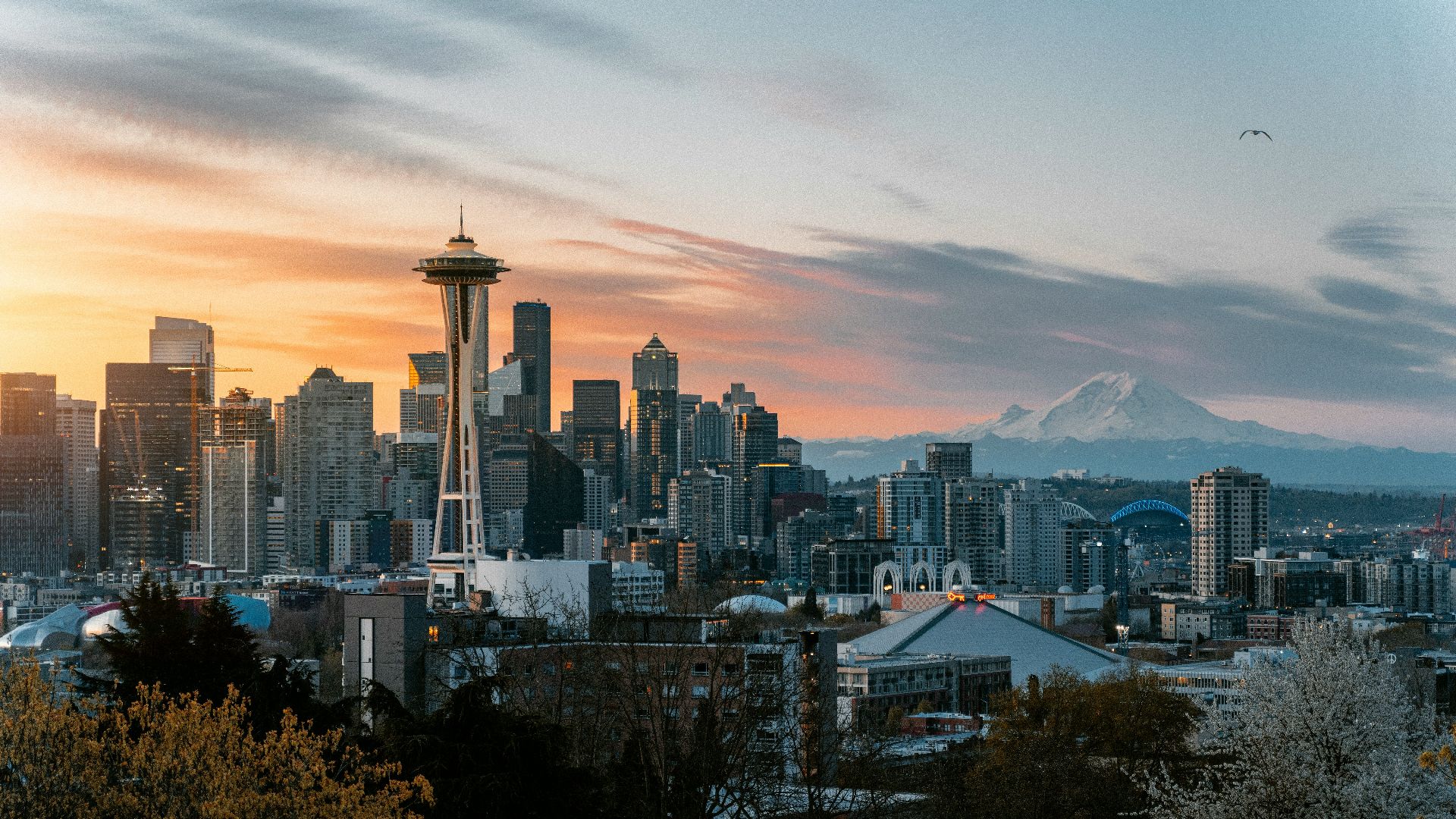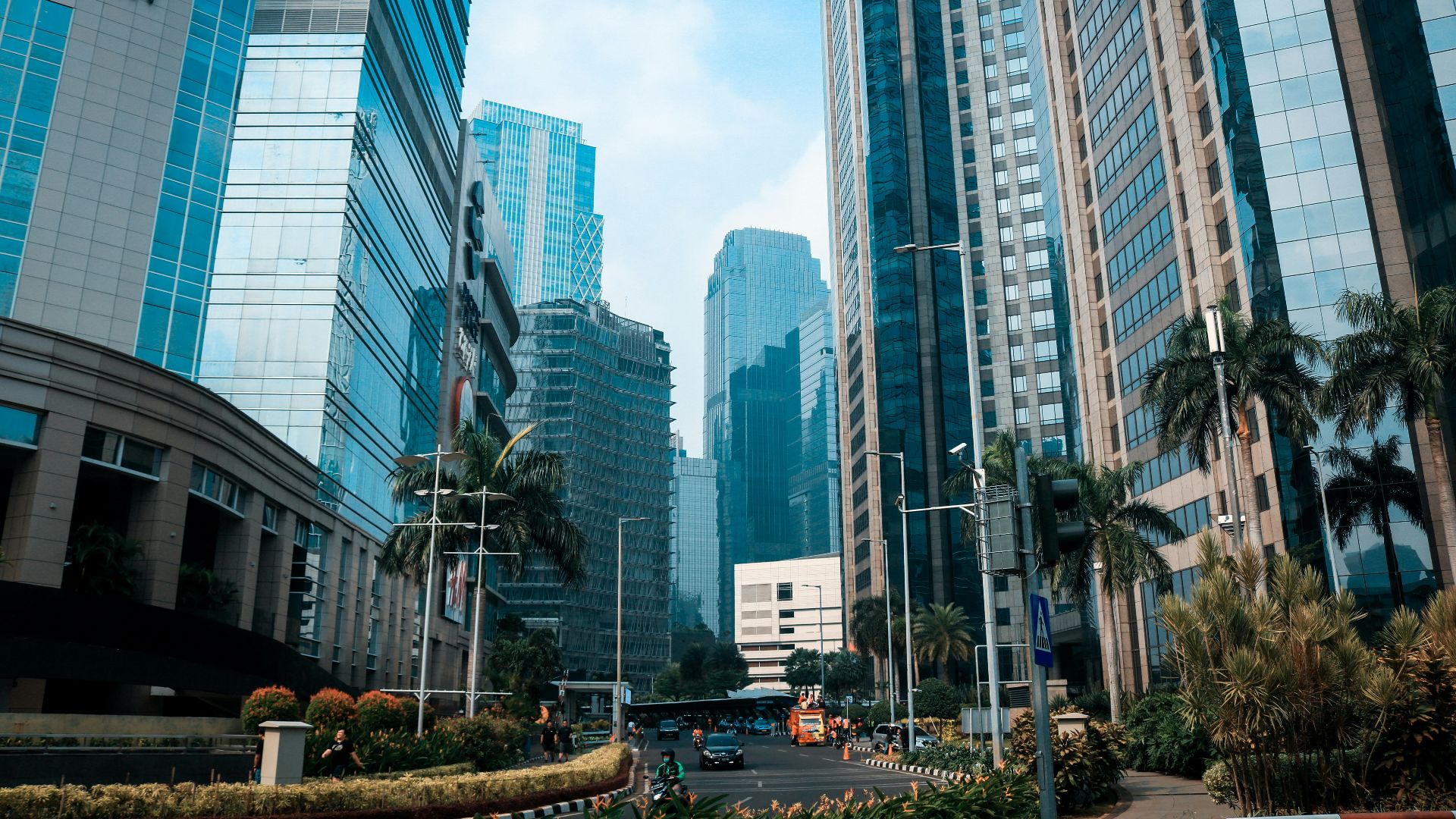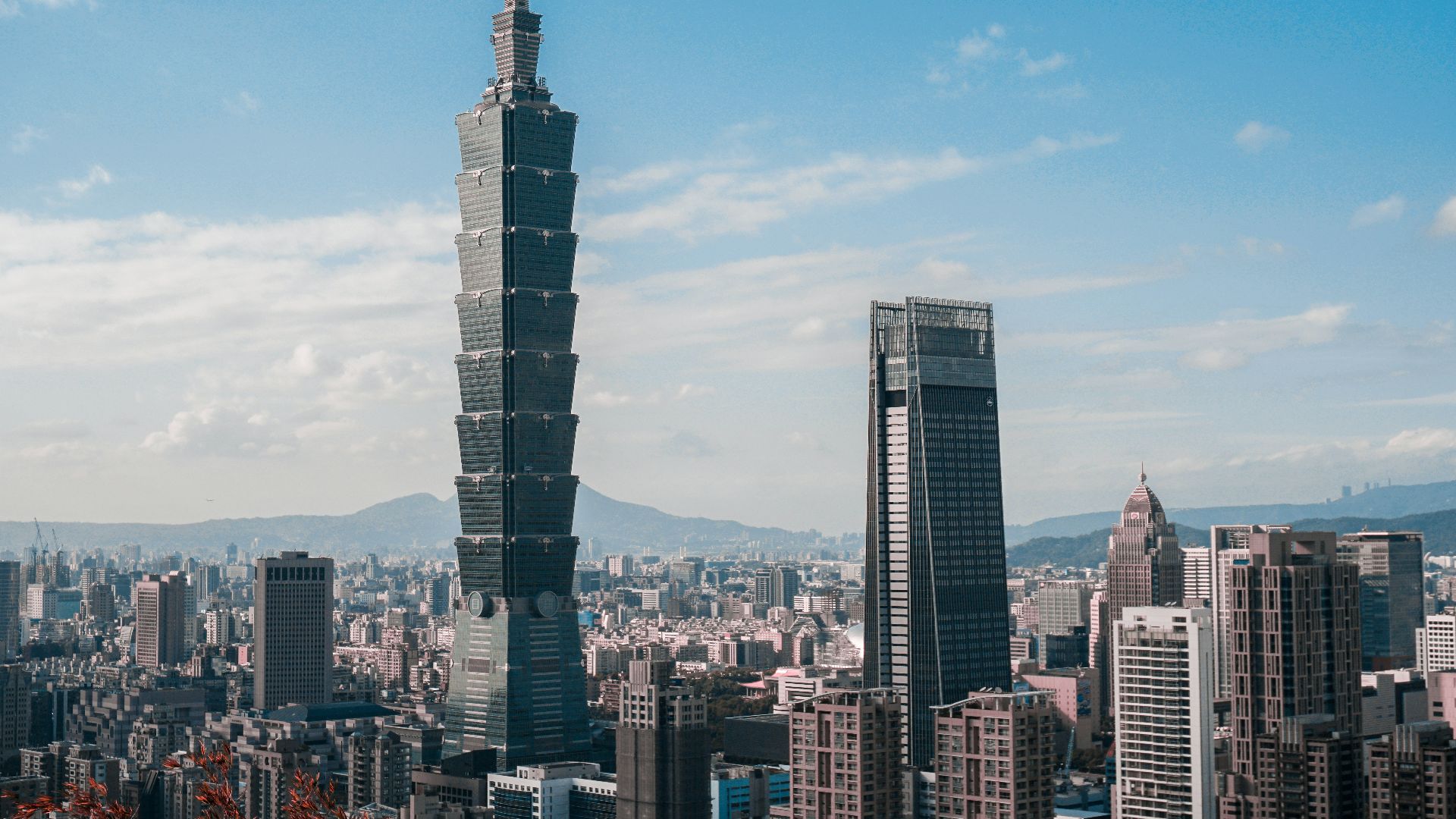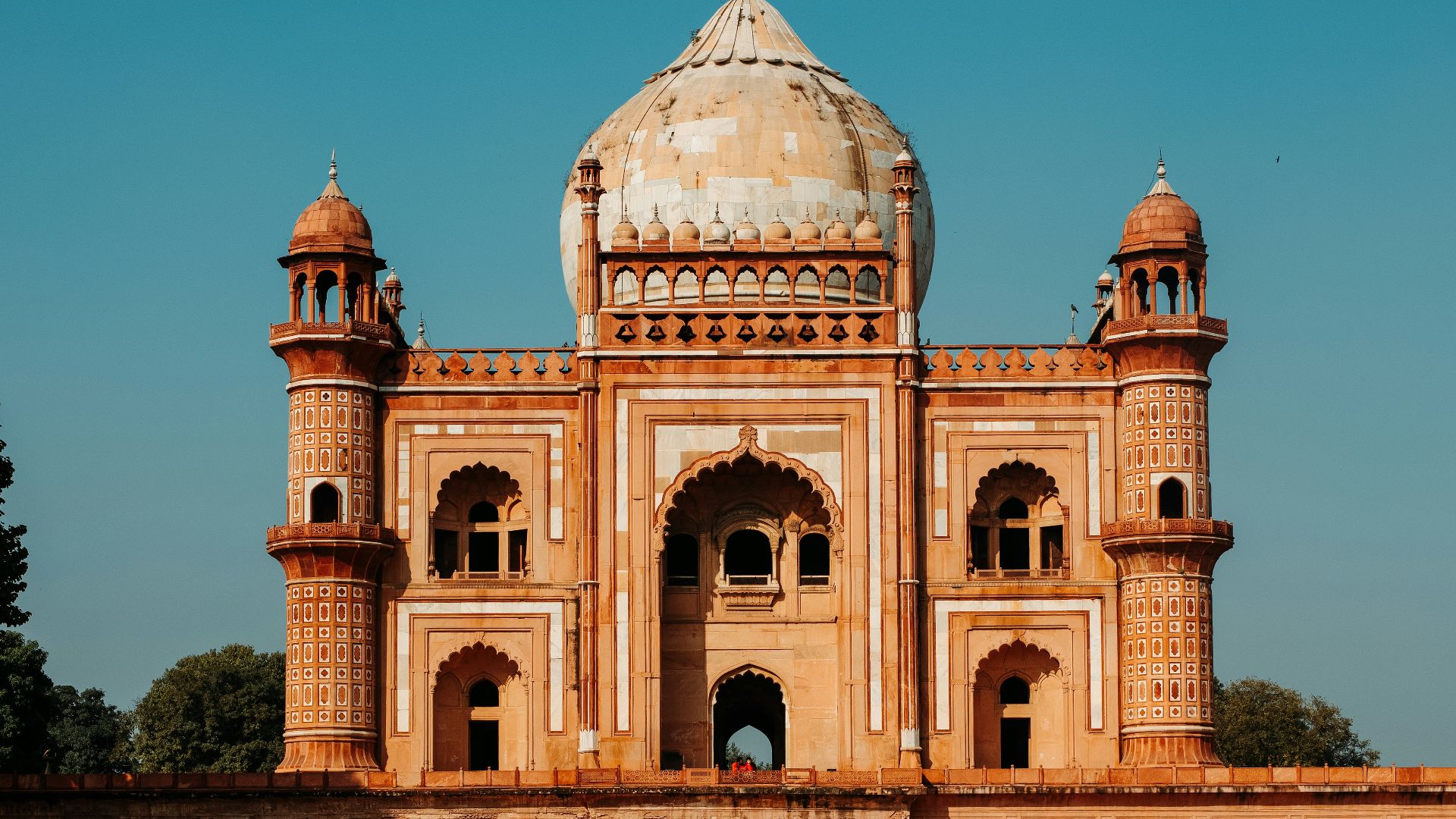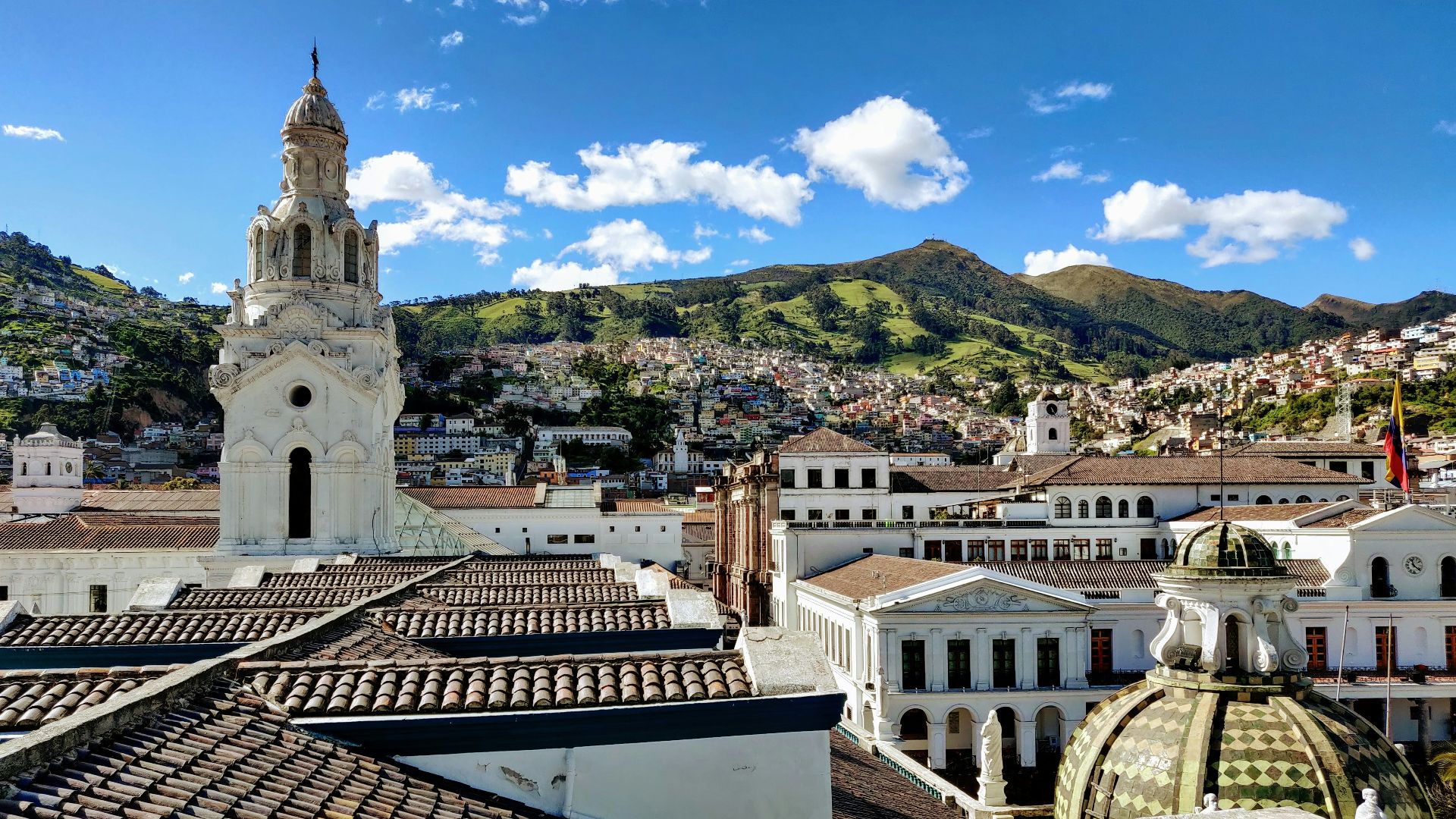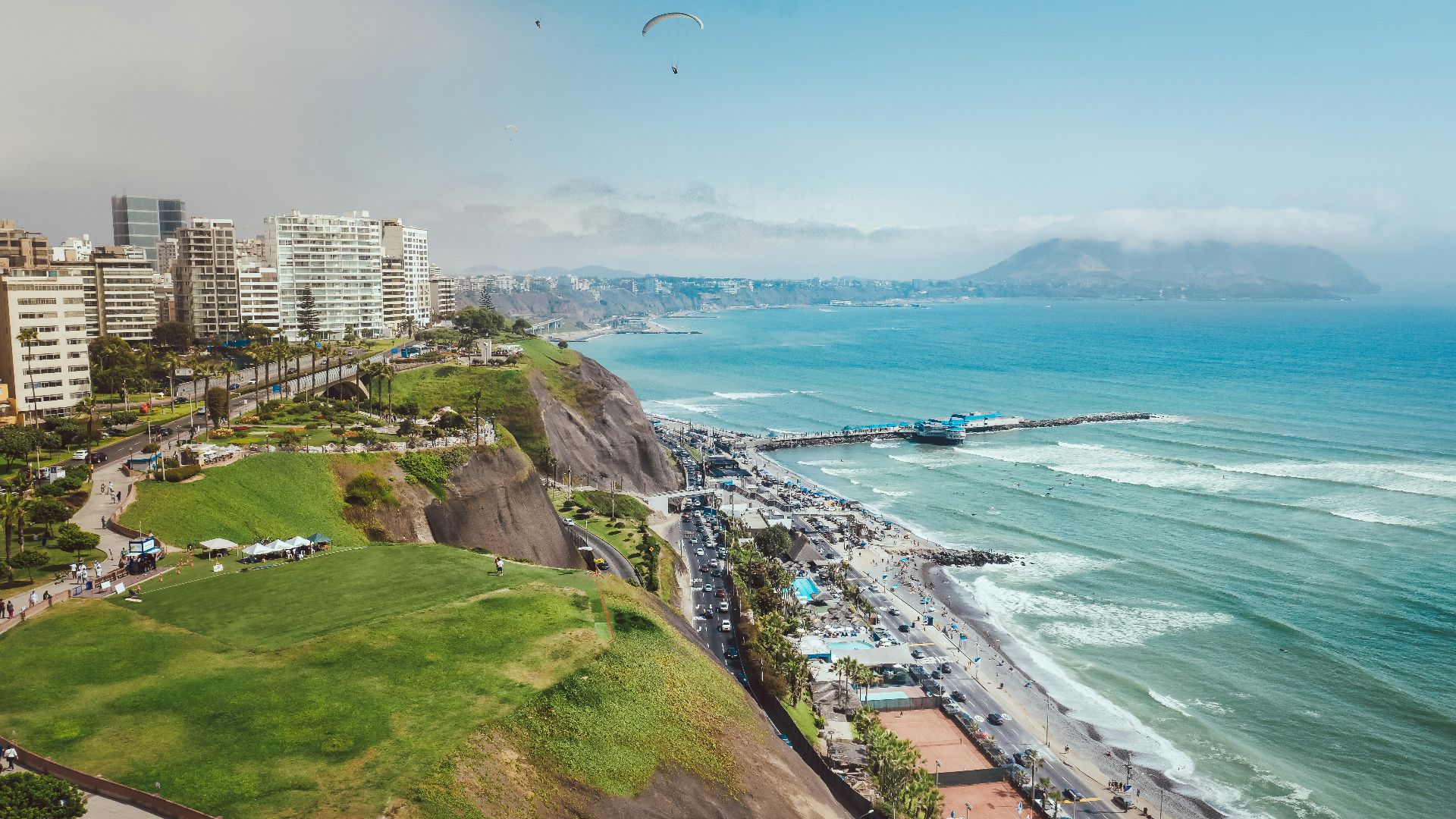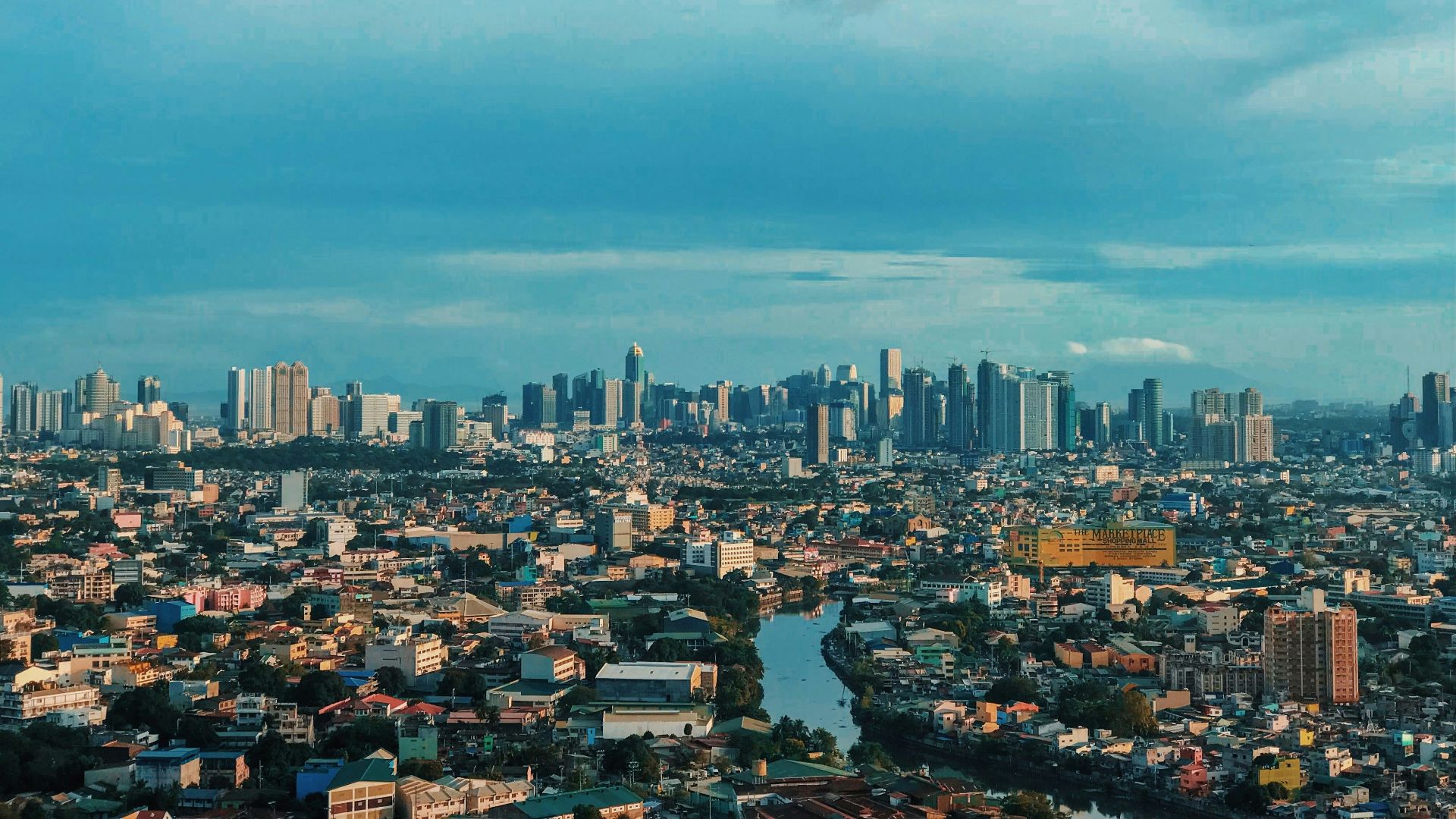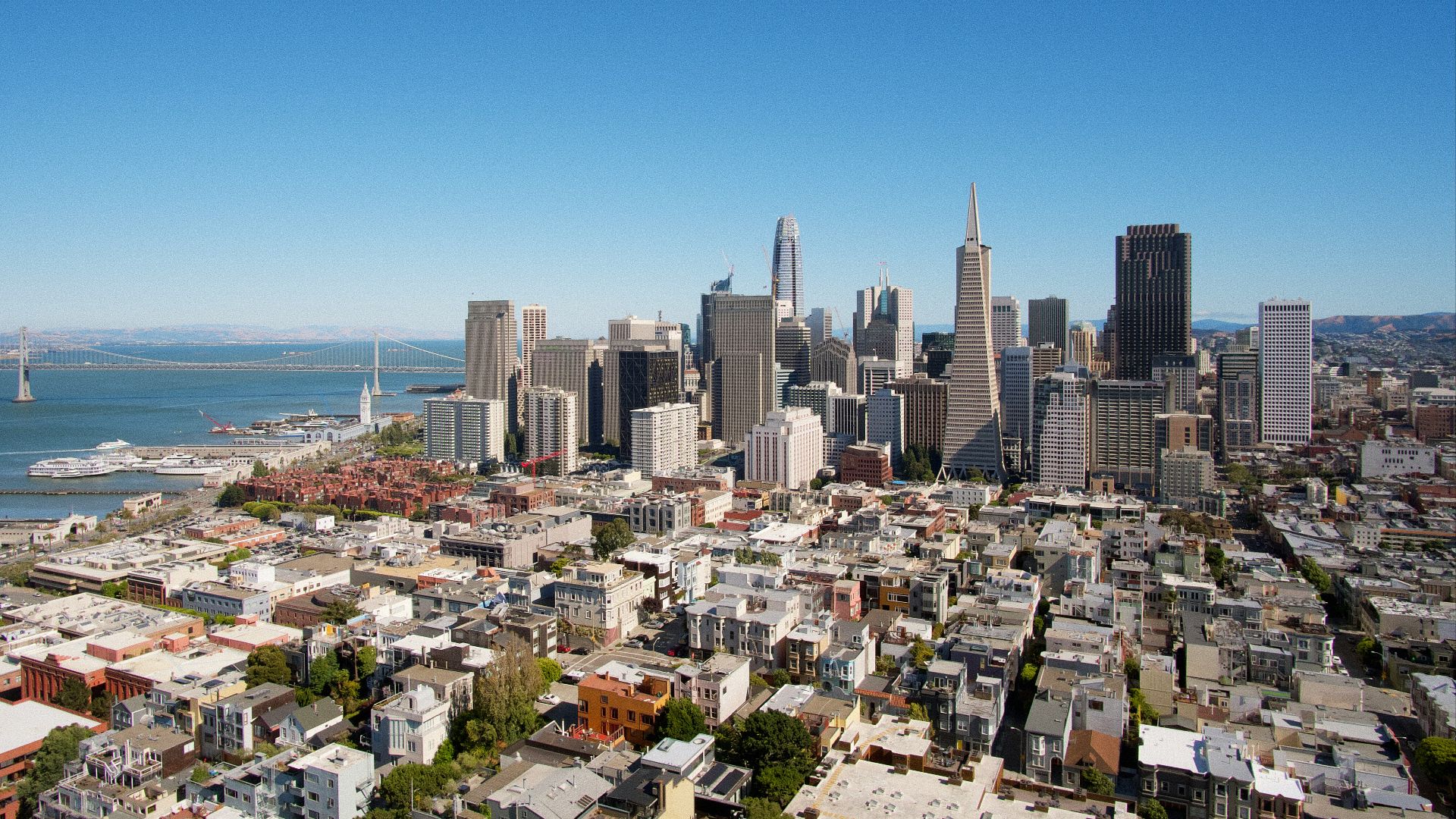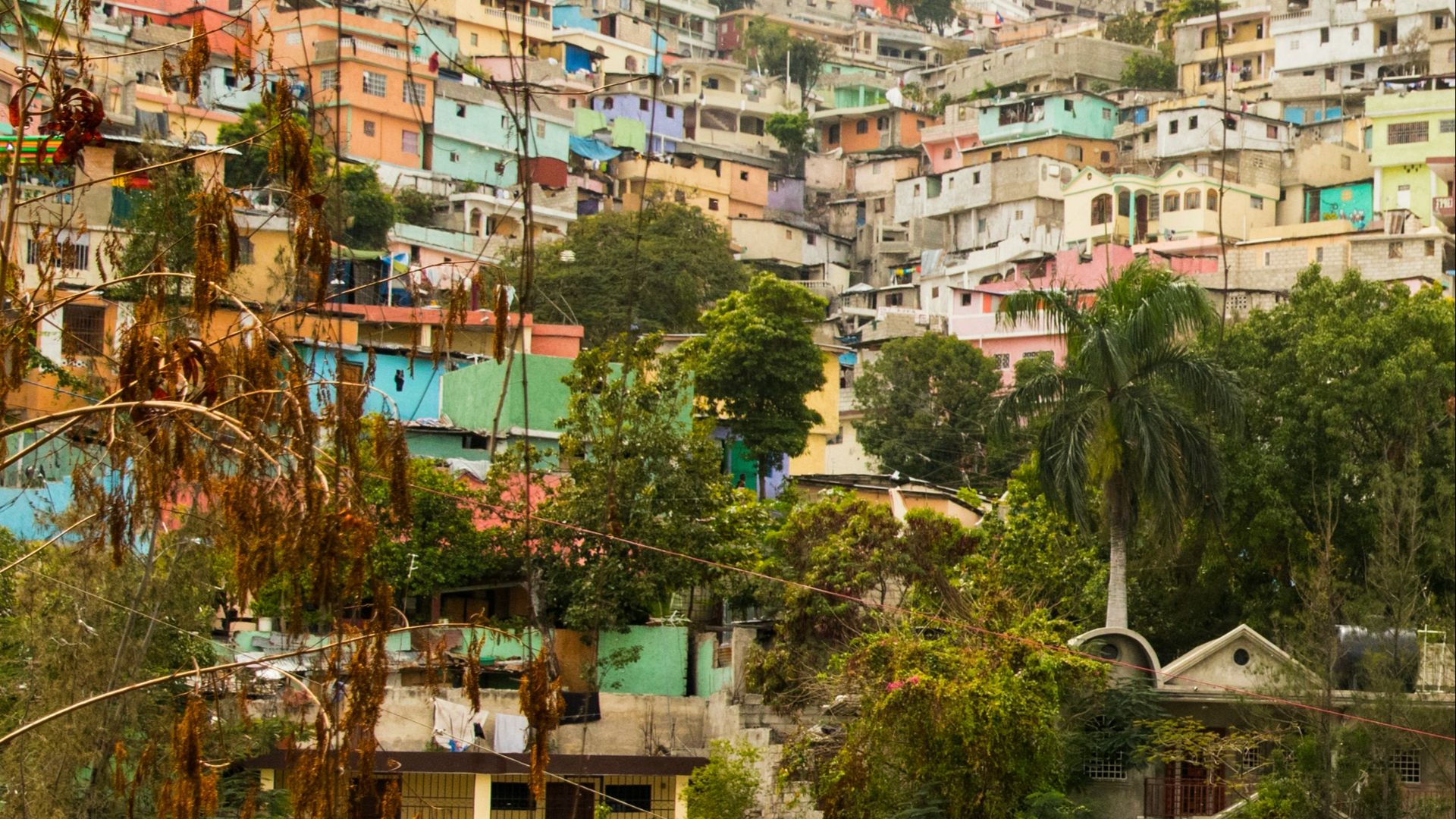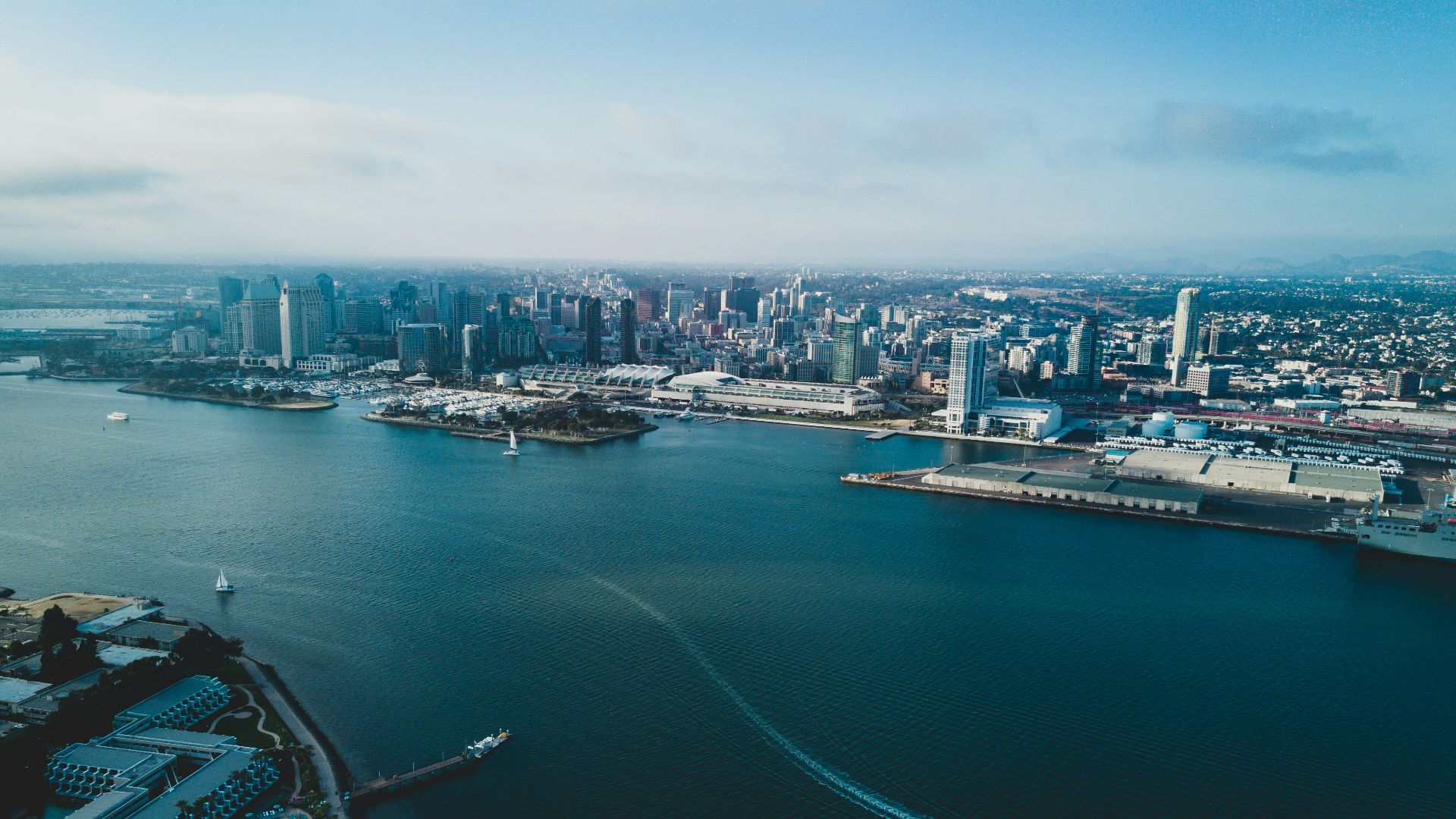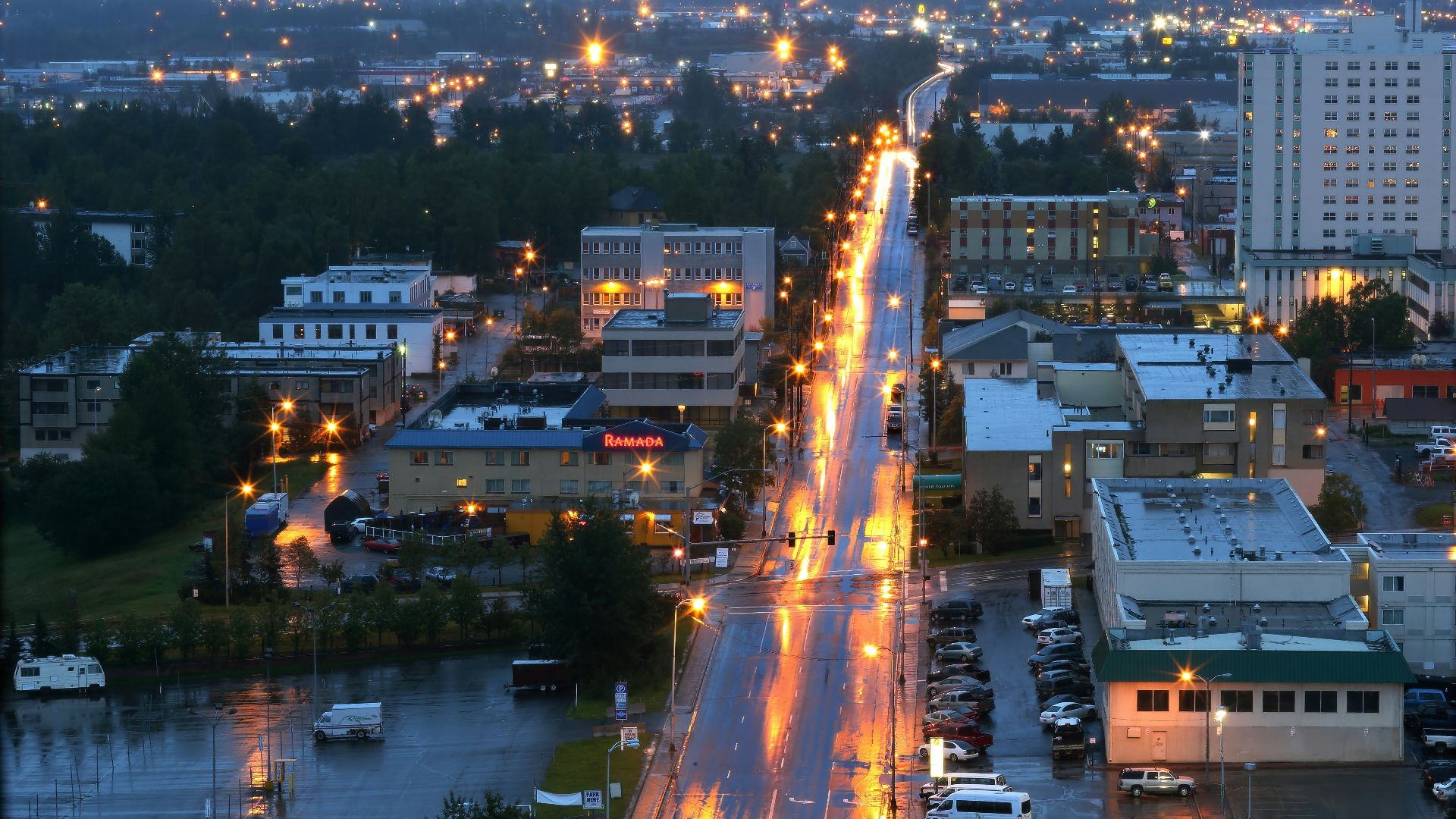Built On Fault Lines
Earthquakes can be extremely destructive, and for some cities, their geographical landscape puts them at a higher disadvantage. Do you know what to do and how to prepare in the event of a large seismic tremor? If you live in one of these cities, we'd highly suggest you read up on it. Here are 20 of the most earthquake-vulnerable places in the world.
1. Los Angeles, United States
Not only is the Hollywood-studded Los Angeles a hot spot for celebrities, influencers, and filmmakers alike, but the city is, unfortunately, also extremely earthquake-prone. Split by the Southern San Andreas fault which cuts through the county, the famed city could experience earthquakes with magnitudes as high as 8.0.
2. Beirut, Lebanon
Beirut straddles the boundary between the African and Arabian tectonic plates, which can shift and cause enough pressure to cause powerful shocks. In addition, the city is also near the Dead Sea Transform fault. Despite all this, many buildings in Beirut aren't constructed to withstand earthquakes.
3. Tokyo, Japan
Japan is one of the most earthquake-prone countries in the world and regularly experiences small and disastrous tremors. One of the major reasons for their vulnerability lies in the fact that it sits in the Ring of Fire, a horseshoe-shaped belt around the edges of the Pacific Ocean dotted with volcanoes and seismic spots.
4. Mexico City, Mexico
Because Mexico City sits along the North American plate and the Cocos plate, the latter of which is subducted beneath the former, any sudden movements can create massive and even potentially devastating tremors.
5. Tehran, Iran
As Iran's capital and largest, most populous city, Tehran is home to around 9.8 million people. What's concerning about this fact is that the city also lies on top of several fault lines and plates, such as the Arabian and Eurasian plates, putting its residents at risk of highly destructive earthquakes.
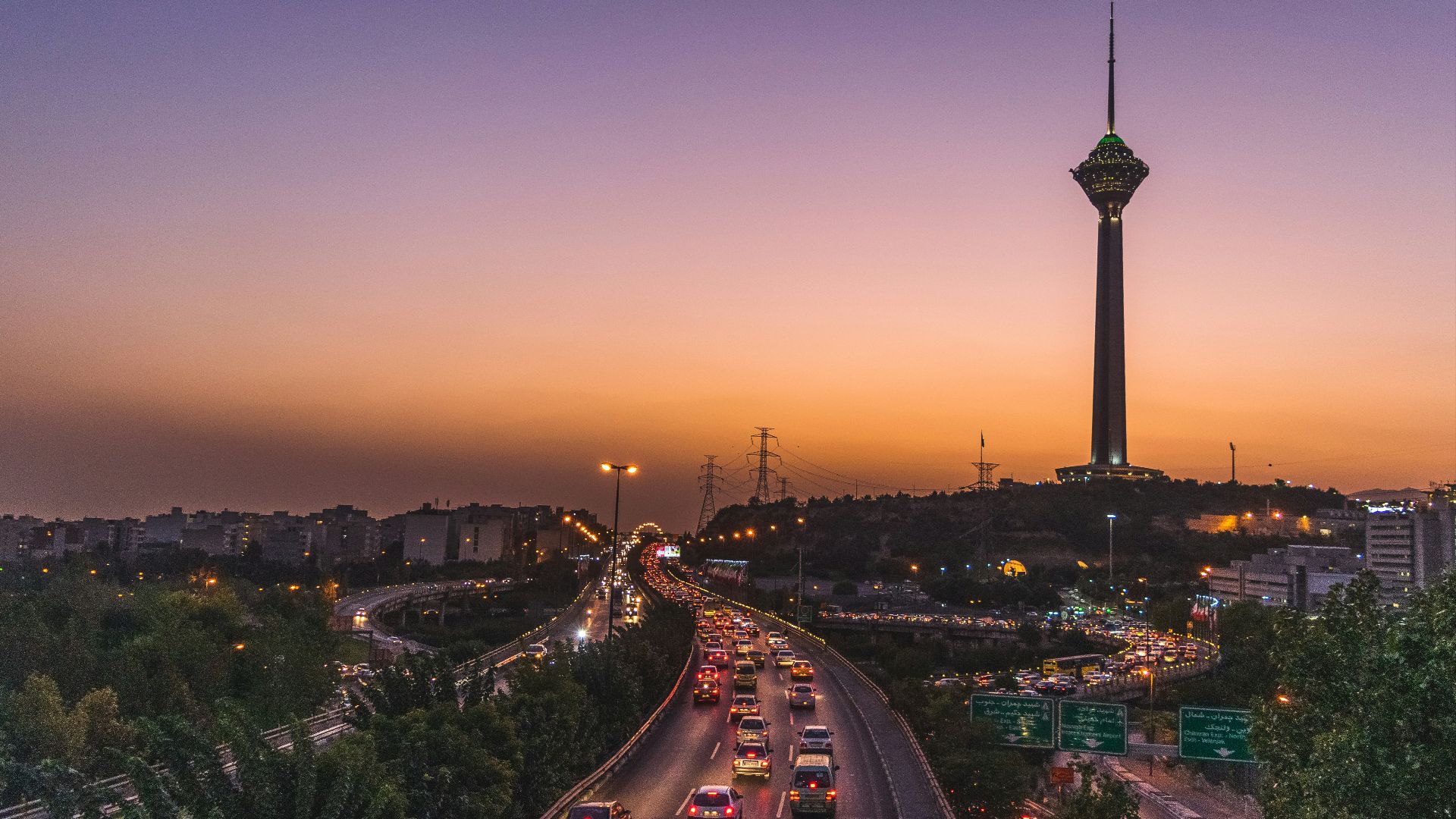 Mohammad Amirahmadi on Unsplash
Mohammad Amirahmadi on Unsplash
6. Kathmandu, Nepal
Nepal itself is an earthquake-prone country, being situated in the Himalayan seismic zone, and its capital is no exception. And though the Himalayas are one of Kathmandu's most iconic sights, this mountain range was also created by the collision between the Indian plate and the Eurasian plate, which makes the city vulnerable.
7. Istanbul, Turkey
Located on the North Anatolian fault line, Istanbul is another extremely earthquake-vulnerable city. This particular fault system has rocked the city with strong seismic waves—at least 34 in the last two millennia. And while that might not sound much, the capital frequently experiences small tremors, each one a reminder that a catastrophic one could be on the way.
8. Seattle, United States
Nearly 25 years after the 6.8-magnitude Nisqually earthquake, Seattle still faces looming danger. This is because it sits on its namesake fault line, a 43-mile perilous network that cuts through the city from east to west. Magnitudes as large as 7.5 could occur, which could ravage the surrounding areas of Tacoma and Olympia.
9. Jakarta, Indonesia
Jakarta isn't only one of the cities sitting along the Ring of Fire—it's also situated between the Eurasian plate and the Indo-Australian plate. Plus, because the capital faces the Java Sea, this means residents need to be prepared for earthquakes, volcanic activity, and tsunamis.
10. Taipei, Taiwan
While the string of seismic activity Taiwan experienced last year wasn't particularly situated in its capital—the most deadly of which was Hualien's 7.4-magnitude one—Taipei is no stranger to earthquakes. It is, after all, part of the Ring of Fire. The only silver lining is that Taiwan is one of the more prepared countries out there, with bridges and buildings reinforced to withstand strong seismic waves.
11. New Delhi, India
Despite being the capital of India, New Delhi's rapid urbanization hasn't resulted in safer buildings and structures. But rather than being situated directly on a fault line, the city is vulnerable to earthquakes because of its proximity to many high-risk areas, like the Himalayas.
12. Quito, Ecuador
Also sitting in the Ring of Fire is Quito, which puts the Ecuadorian capital automatically at high risk of devastating earthquakes. Not only that, but it lies at the eastern foot of the Andes, a mountainous range that was formed by the collision of the South American plate and the Nazca plate.
13. Lima, Peru
Lima is another city lying on the Ring of Fire. Additionally, it's close to the boundary of the Nazca plate and South American plate. Despite its geographic vulnerability, the capital is awfully unprepared, which may only make matters worse.
14. Manila, Philippines
For all the beauty the Philippine capital possesses, Manila has an unfortunate geographical landscape. The city straddles a complex network of faults, along with being in the Ring of Fire and situated at the meeting point of the Eurasian plate and Philippine Sea plate. Alas, all of this paints a recipe for impending disaster.
15. San Francisco, United States
San Francisco is one of the many cities lying on the San Andreas fault line. In 1906, the city suffered a devastating loss—3,000 deaths after a massive 7.9-magnitude earthquake struck northern California. Sad as it is to say, it's likely another devastating tremor will hit the city.
16. Vancouver Island, Canada
Lying southwest off the coast of British Columbia, Vancouver Island is home to the province's capital, Victoria, and idyllic parks. But the island isn't at an advantage despite its peaceful scene. It rests near several tectonic plates—such as the Pacific, the Juan de Fuca, and the North American plates—and sits near the Cascadia subduction zone, which can cause deadly megathrust earthquakes.
17. Port-au-Prince, Haiti
Haiti is no stranger to devastating earthquakes, and neither is its capital Port-au-Prince, which had been destroyed twice not even 20 years apart. The reason? Haiti sits near the meeting point of the North American plate and the Caribbean plate, with major fault lines slicing through Hispaniola, an island that Haiti shares with the Dominican Republic.
18. San Diego, United States
Just 120 miles away from earthquake-prone Los Angeles, San Diego doesn't fare any better. Because like many of the cities on the Californian coastline, the San Andreas fault poses a huge danger to all surrounding areas. But the one that would directly affect the residents of San Diego would be the Rose Canyon fault, which carves through the city.
19. Wellington, New Zealand
Sitting on the intersection between the Australian and Pacific plates, Wellington is vulnerable to several major fault lines, such as the Ohariu, the Wairarapa, and the Wellington faults. Any sudden shift could cause dangerous seismic activity. On the contrary, Auckland, another major city, isn't as prone to earthquakes.
20. Anchorage, United States
Anchorage, known for its culture, trails, and glaciers, is Alaska's largest city. It's also been struck by major earthquakes in the last several decades, the most recent of which was in 2018 when a 7.1-magnitude tremor (followed by a 5.7-magnitude aftershock) hit the city. Furthermore, Alaska has long been deemed by scientists as the most seismically active region in all of America.


